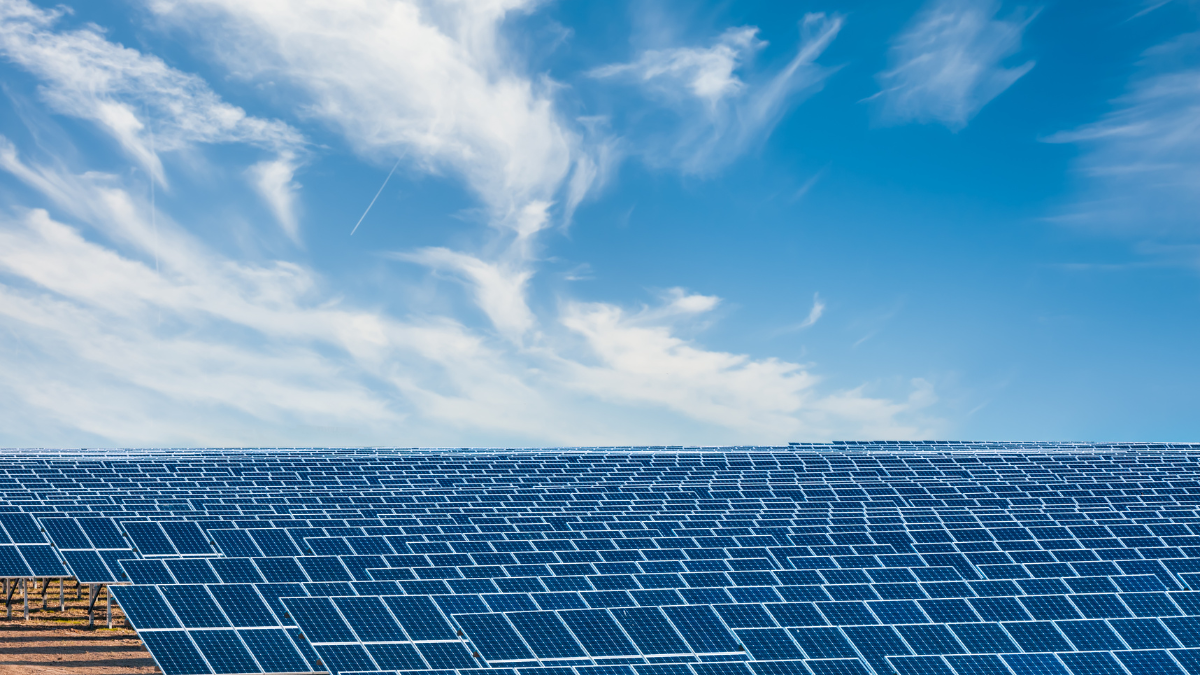Schneider Electric Powers Malaysia’s First Offshore Renewable Energy Hub
Malaysia just took a giant leap in clean energy with the launch of CEFORE, the country’s first offshore renewable energy center. A collaboration between Schneider Electric, PETRONAS, and Universiti Malaysia Terengganu (UMT), this facility is set to revolutionize how Southeast Asia taps into wind and solar power. But here’s the kicker—it’s not just about generating electricity. CEFORE aims to be a research powerhouse, tackling everything from energy storage to grid integration.
Why Offshore? The Untapped Potential
You might wonder why Malaysia is betting big on offshore renewables. Simple: space and efficiency. Land is scarce, but the ocean? That’s a different story. Offshore wind turbines and floating solar panels can generate up to 50% more energy than their land-based cousins, thanks to stronger winds and unobstructed sunlight. CEFORE will explore hybrid systems—think wind turbines paired with floating PV modules—to maximize output. It’s like getting a two-for-one deal on clean energy.
The Tech Behind the Scenes
Schneider Electric isn’t just slapping panels on water. They’re deploying their EcoStruxure platform to manage energy flows smartly. Imagine a system that predicts wind patterns, adjusts solar angles, and even syncs with Tesla Powerwalls for storage—all in real time. PETRONAS brings oil-and-gas expertise to the table, proving that fossil fuel giants aren’t just fading away; they’re pivoting. UMT? They’re the brains, training the next gen of engineers to keep this momentum going.
Challenges? Oh, There Are a Few
Saltwater corrosion. Typhoons. Grid instability. Offshore renewables aren’t a walk in the park. But here’s the twist: Malaysia’s monsoon winds, often seen as a hurdle, could actually supercharge turbine efficiency. CEFORE will test ruggedized solar panels and typhoon-resistant designs, turning weaknesses into strengths. It’s a classic case of ‘work with what you’ve got.’
What This Means for the Solar Industry
For professionals watching this space, CEFORE is a signpost. If a tropical nation can make offshore renewables work, imagine the global ripple effect. Countries like Indonesia and the Philippines could follow suit, creating a domino effect in ASEAN’s energy transition. And let’s not forget the jobs—local communities stand to gain thousands of roles in maintenance, R&D, and manufacturing.
The Bottom Line
CEFORE isn’t just another research center. It’s a bold statement that offshore renewables are viable, scalable, and—dare we say—essential. The project might face bumps, but as any solar pro knows, no breakthrough comes easy. Keep an eye on Malaysia; this could be the start of something massive.






